by Elijah May 06,2025
Handheld gaming PCs have surged in popularity in recent years, largely thanks to the groundbreaking Steam Deck. This trend has prompted major PC manufacturers to develop their own versions, with the Lenovo Legion Go S positioning itself as a close competitor to the Steam Deck, distinct from its predecessor, the original Legion Go.
The Lenovo Legion Go S introduces a unibody design, moving away from the Switch-like detachable controllers and the array of extra dials and buttons that characterized the original Legion Go. A significant upcoming feature is the planned release of a SteamOS version later this year, making it the first non-Valve handheld to run this Linux-based operating system out of the box. However, the model reviewed here operates on Windows 11, and at $729, it faces stiff competition among similarly priced Windows 11 handhelds.
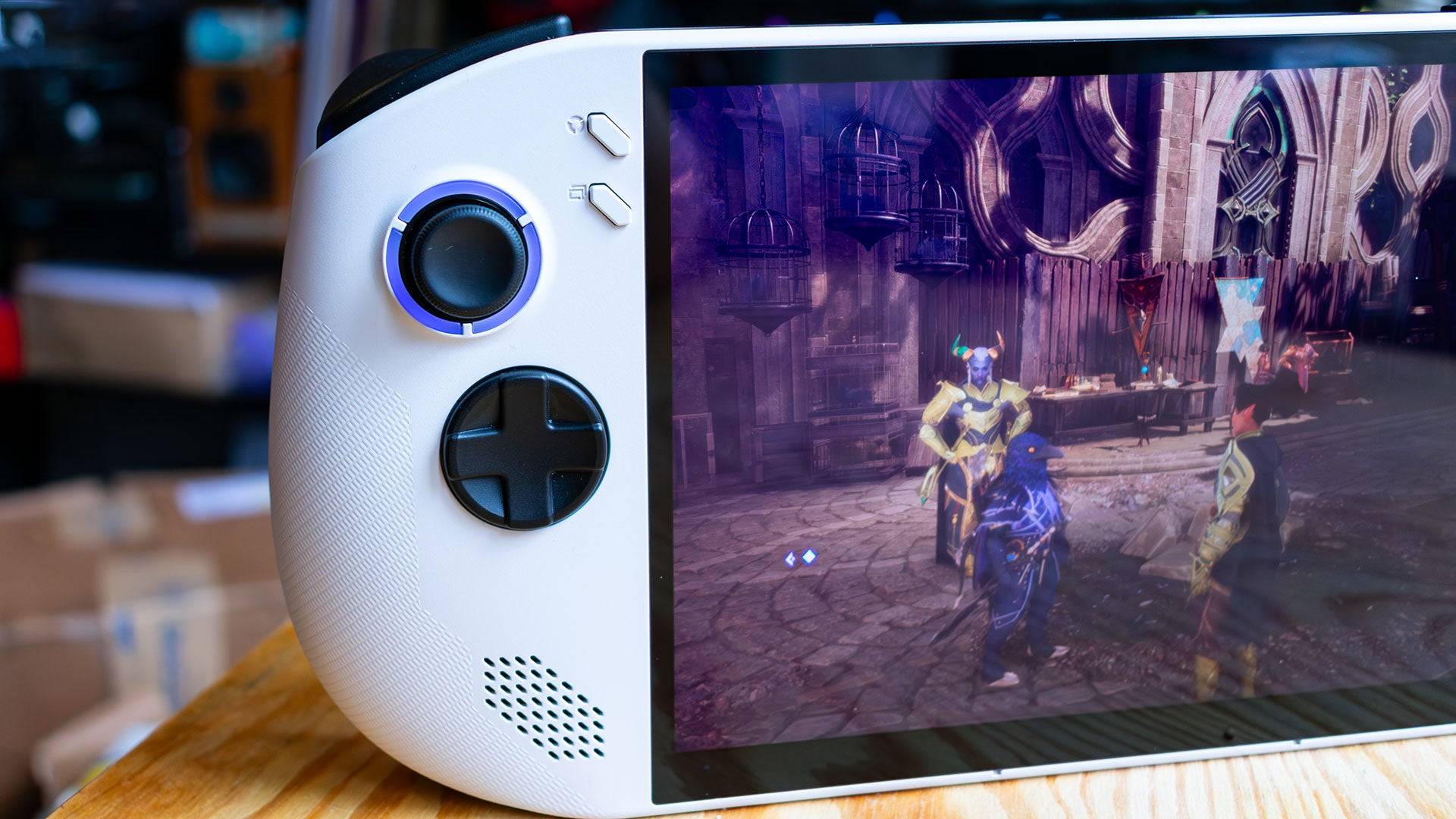
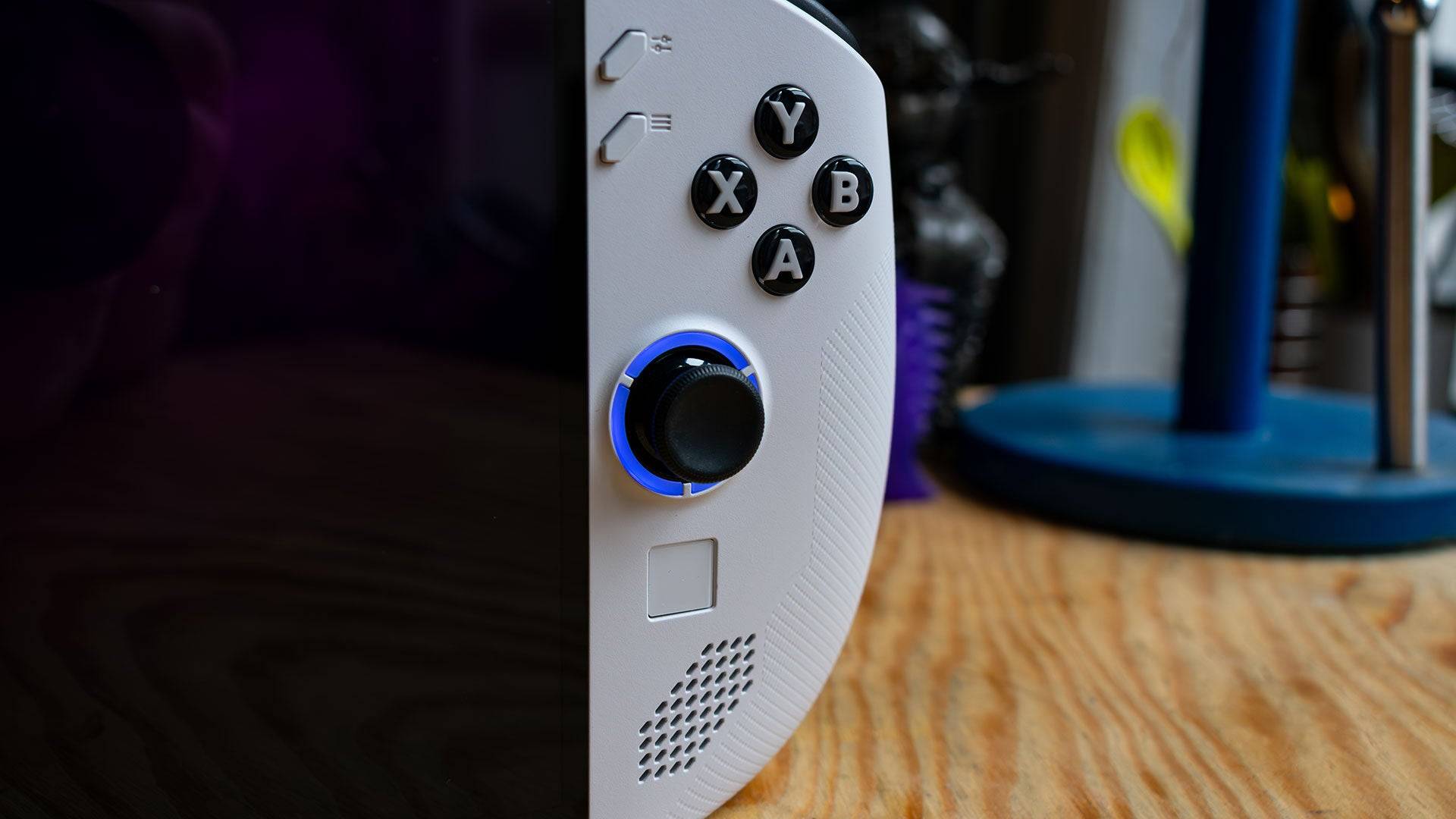 7 Images
7 Images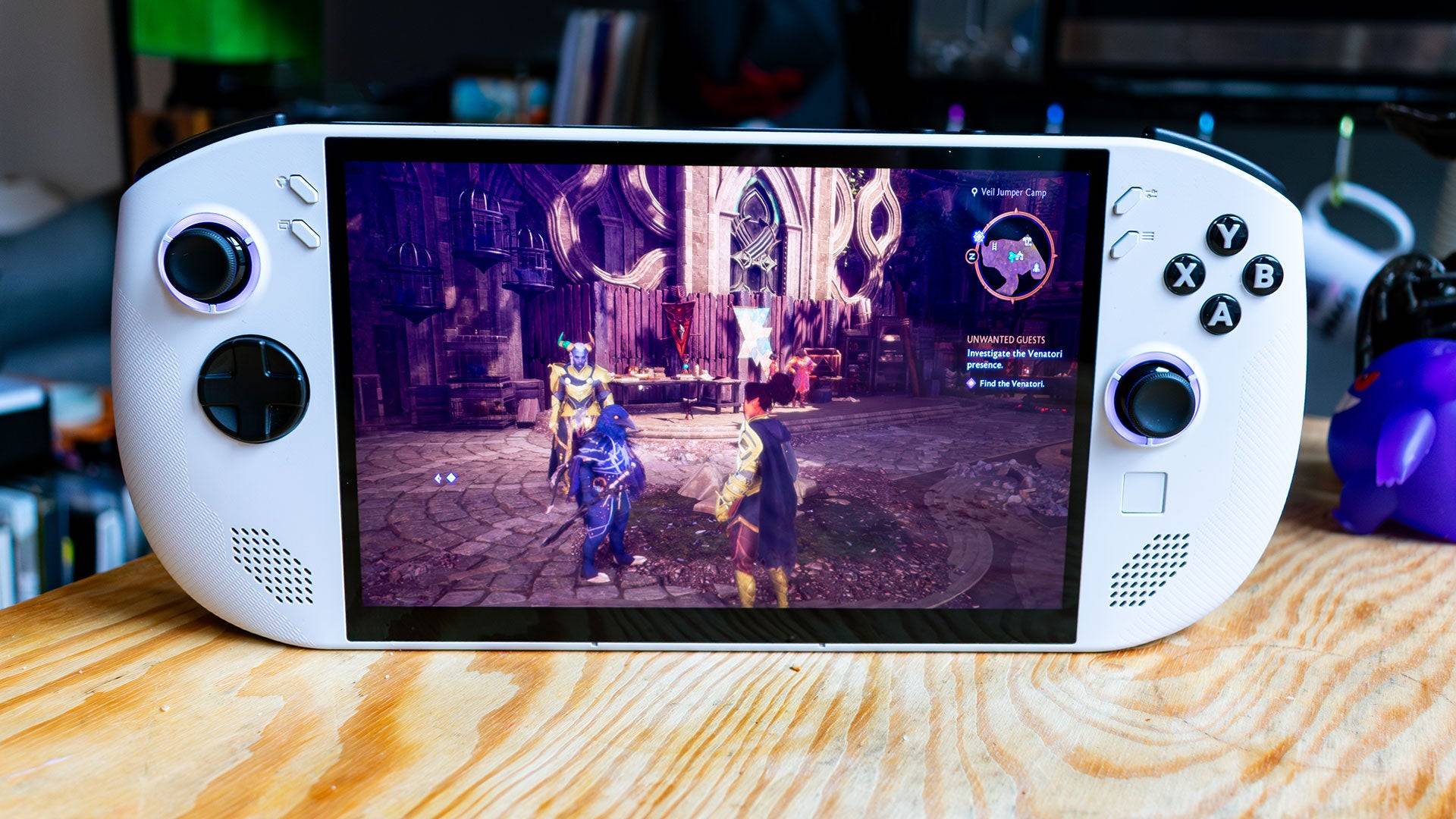
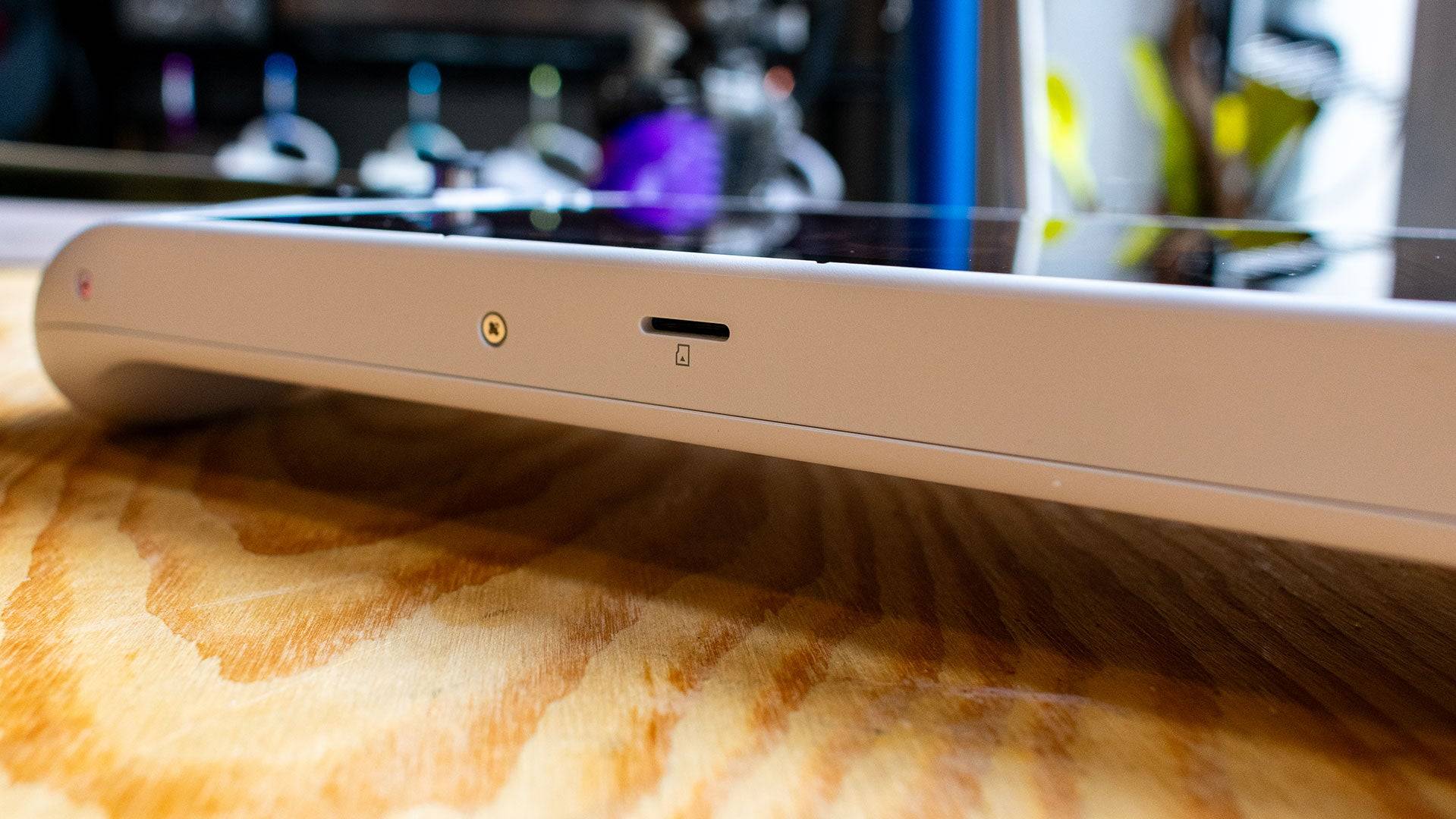
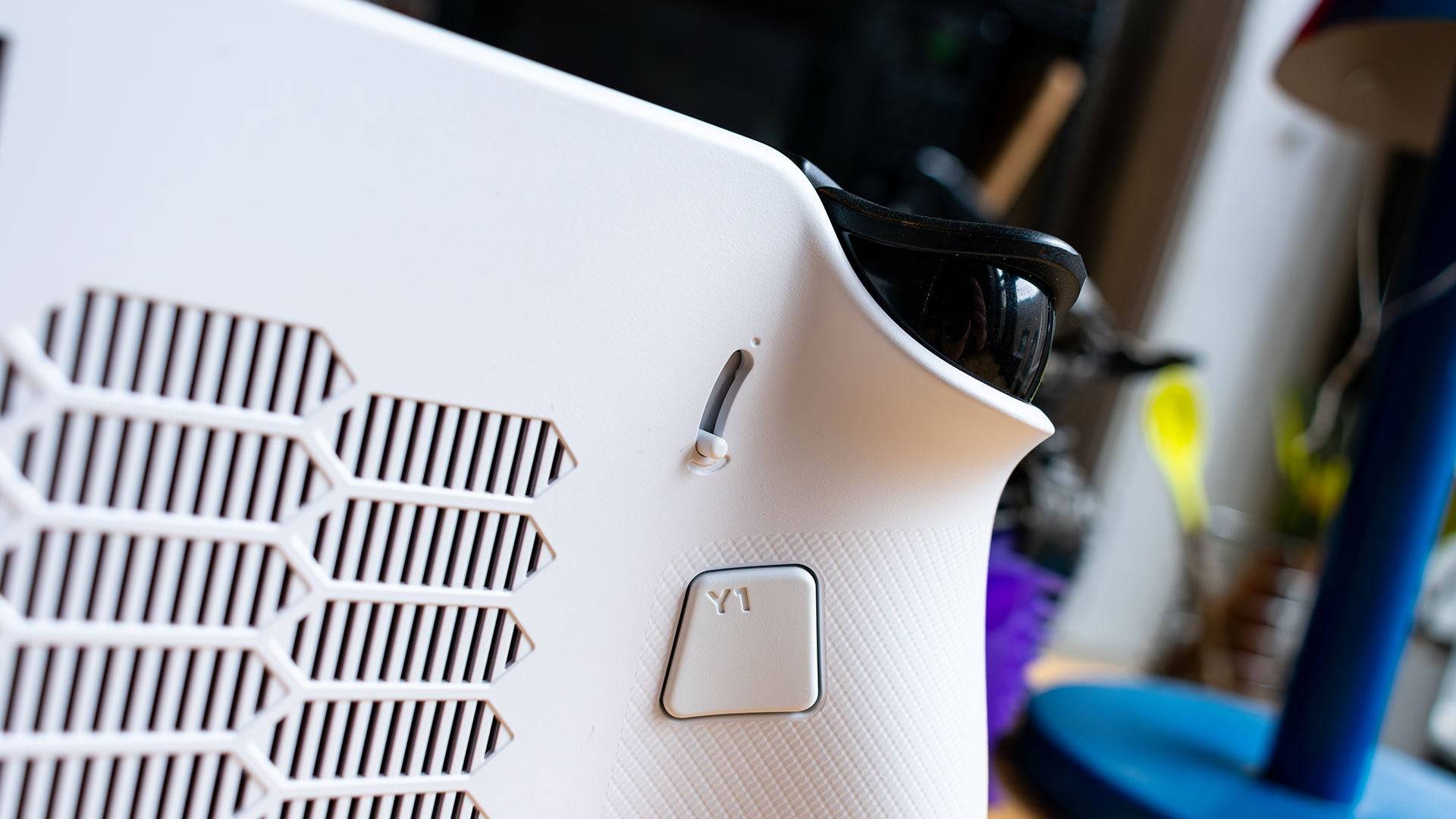
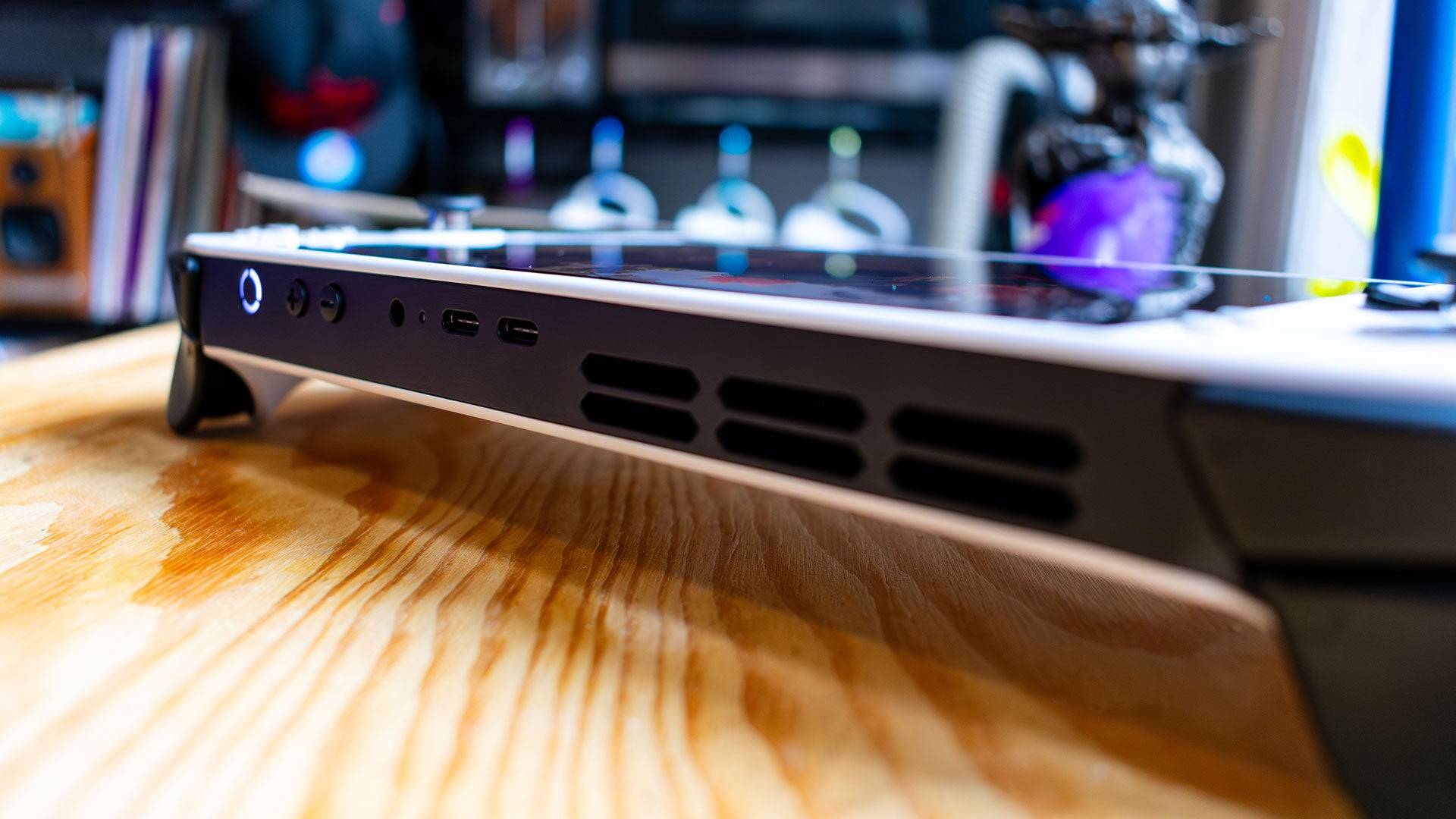 Lenovo Legion Go S – Design
Lenovo Legion Go S – DesignThe Lenovo Legion Go S adopts a design more akin to the Asus ROG Ally than its original counterpart. Its unibody construction simplifies usage, though the rounded edges enhance comfort during extended gaming sessions, despite the device's notable weight of 1.61 pounds. This weight, slightly less than the original Legion Go but more than the Asus ROG Ally X, can be felt during prolonged use.
The Legion Go S boasts an impressive 8-inch, 1200p IPS display with a brightness of 500 nits, delivering stunning visuals across various games. From the vibrant colors of Dragon Age: The Veilguard to the detailed landscapes of Horizon Forbidden West, the display quality is top-notch, rivaled only by the Steam Deck OLED.
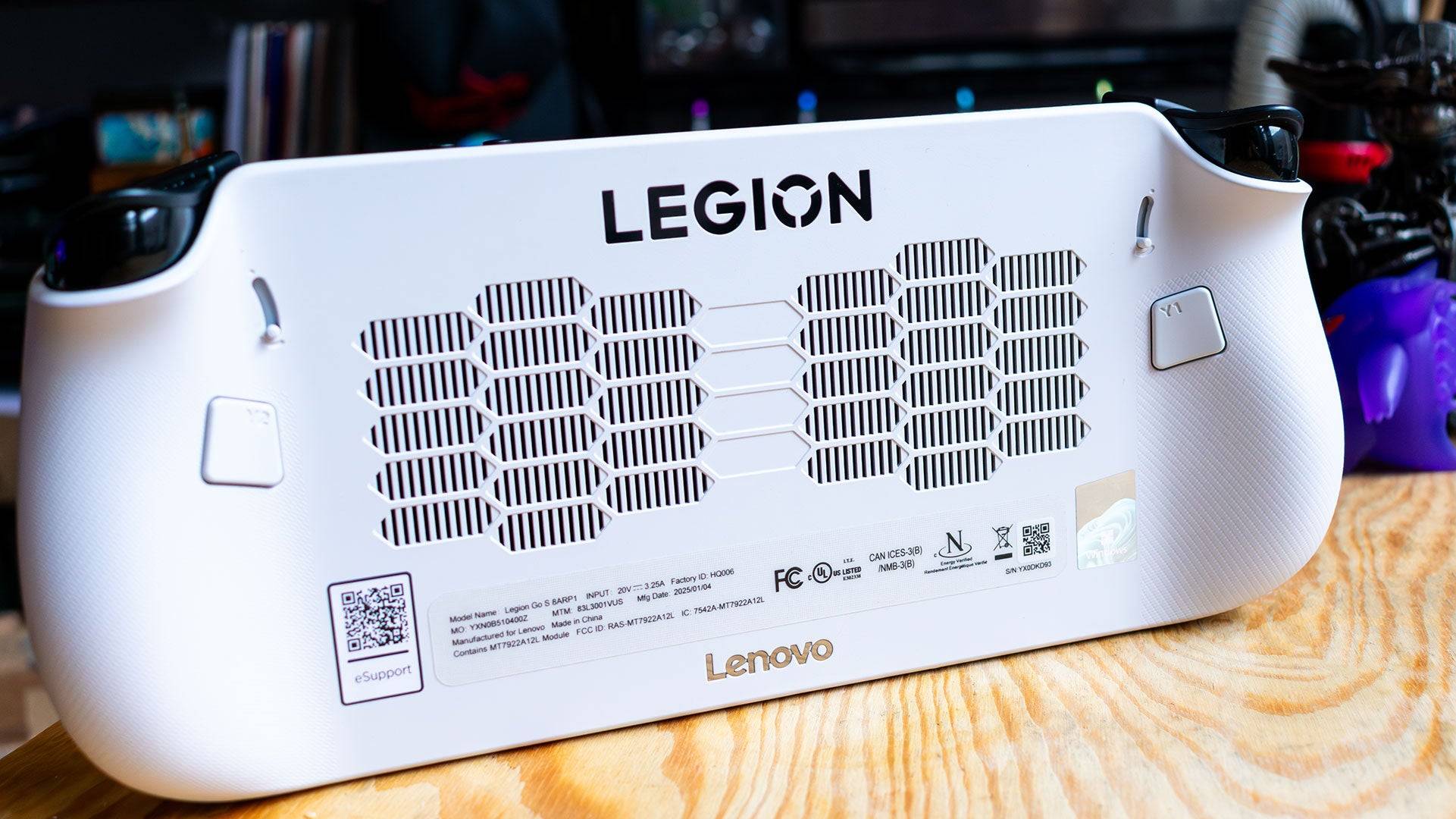
Available in Glacier White and Nebula Nocturne (the latter exclusive to the upcoming SteamOS version), the Legion Go S features RGB lighting around each joystick, customizable through an on-screen menu. The button layout is more intuitive than the original, with 'Start' and 'Select' buttons placed standardly on either side of the display. However, the placement of Lenovo's proprietary menu buttons above them can lead to accidental activations, though this is a minor adjustment for users.
The touchpad, while smaller than the original Legion Go's, aids in navigating Windows, though it's less effective due to its size. The upcoming SteamOS version should mitigate these navigation challenges, given its controller-friendly interface.
The LegionSpace software, accessible via a button on the left side, manages system settings and gaming libraries. The back of the device includes programmable 'paddle' buttons and trigger travel distance levers, though the latter only offers two settings, limiting customization.
The top of the handheld features two USB 4 ports for charging and peripherals, while the bottom houses a centrally located MicroSD card slot, which may be inconvenient when using a dock.
The reviewed Lenovo Legion Go S, available from February 14, is priced at $729.99 and includes a Z2 Go APU, 32GB of LPDDR5 RAM, and a 1TB SSD. A more budget-friendly option with 16GB of RAM and a 512GB SSD will be released in May for $599.99.
The Lenovo Legion Go S is the first handheld to feature the AMD Z2 Go APU, which, despite its newness, uses older Zen 3 and RDNA 2 technologies. This results in performance that lags behind the original Legion Go and the Asus ROG Ally X, particularly in benchmarks like 3DMark.
Despite a larger 55Whr battery, the Legion Go S offers slightly less battery life than its predecessor, likely due to the less efficient Zen 3 CPU. In gaming, it performs comparably to the original Legion Go in titles like Hitman: World of Assassination and Cyberpunk 2077, but struggles with more demanding games like Horizon Forbidden West at higher settings.

For less demanding games like Persona 5, the Legion Go S excels, delivering smooth gameplay and vibrant visuals on its high-quality display. However, for those seeking to play the latest AAA titles at high settings, waiting for devices with the Z2 Extreme might be more suitable.
Despite its smaller size and less powerful APU, the Lenovo Legion Go S is priced at $729, higher than the original Legion Go's starting price of $699. This pricing is justified by the inclusion of 32GB of LPDDR5 memory and a 1TB SSD, though the slower memory speed compared to the original Legion Go limits its performance benefits.
Adjusting the frame buffer in the BIOS can enhance performance, but this process is cumbersome on a handheld device. The high memory configuration seems excessive for the Legion Go S's capabilities, making the upcoming $599 model with 16GB of RAM a more appealing option for budget-conscious gamers.
Android Action-Defense
Mobile Legends: January 2025 Redeem Codes Released
Mythical Island Debuts in Pokemon TCG, Time Revealed
Stray Cat Falling: An Evolution in Casual Gaming
Brutal Hack And Slash Platformer Blasphemous Is Coming To Mobile, Pre-Registration Now Live
Pokémon TCG Pocket Is Dropping a Trade Feature and Space-Time Smackdown Expansion Soon
Marvel Rivals Showcases New Midtown Map
What Does the Weird Flower Do in Stalker 2?

Unearthed Ridley Scott Dune Script Reveals Bold Vision
Aug 11,2025

Crystal of Atlan: Magicpunk MMO Action RPG Hits Global Stage
Aug 10,2025

"Slayaway Camp 2: Puzzle Horror Now on Android"
Aug 09,2025

Kylo Ren's Lost Year Explored in Star Wars: Legacy of Vader
Aug 08,2025

Vampire Survivors and Balatro Shine at BAFTA Games Awards
Aug 07,2025